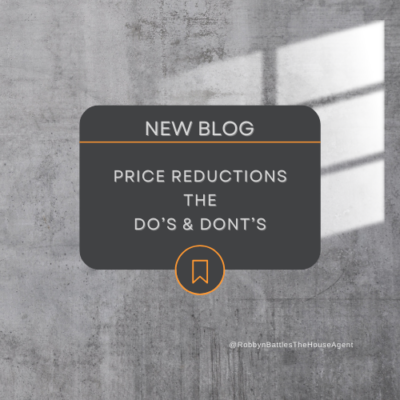 Determining the right time and approach for a price reduction on your home can be challenging. While the ideal scenario is receiving a strong offer shortly after listing, market realities often necessitate strategic adjustments. Here are some key elements to help guide you about when and how to implement a price reduction effectively:
Determining the right time and approach for a price reduction on your home can be challenging. While the ideal scenario is receiving a strong offer shortly after listing, market realities often necessitate strategic adjustments. Here are some key elements to help guide you about when and how to implement a price reduction effectively:
- Recognizing the Need for a Price Reduction
Several indicators suggest it may be time to consider lowering your asking price:
- Extended Time on the Market: If your property remains unsold longer than comparable listings in your area, it may signal pricing issues.
- Lack of Offers: Receiving few or no offers, especially after multiple showings, indicates potential buyers find the price unappealing.
- Minimal Showings: A low number of scheduled viewings often reflects that the listing isn’t attracting interest, possibly due to overpricing.
- Assessing the Market Before Reducing the Price
Before deciding on a price reduction, analyze current market conditions:
- Active Listings: Examine properties similar to yours that are currently on the market. Assess their pricing, features, and time to sale to understand your competition.
- Recent Sales: Review homes that have recently gone under contract. Note their listing duration and whether they underwent price reductions. This data provides insight into effective pricing strategies.
- Pending Sales: Review and see how long those homes took to go under contract and compare their condition and pricing to your home. Are you too high, or not in the same condition? Be honest and see what is different about your home compared to those under contract.
- Determining the Reduction Amount
A modest decrease may not suffice to attract new interest. Consider the following when setting a new price:
- Significant Adjustments: Small reductions (e.g., $10,000–$15,000) might not capture buyers’ attention. A more substantial cut can create a sense of urgency and broaden the pool of potential buyers.
- Market Comparisons: To ensure competitiveness, align your new price closely with recently sold properties and current listings.
- Overcoming Common Seller Objections
It’s natural to have reservations about reducing your home’s price. Common concerns include:
- “I Don’t Want to Negotiate Against Myself”: While it may feel like conceding, adjusting the price aligns your property with market expectations, making it more attractive to buyers.
- “I’m Not in a Hurry to Sell”: Extended time on the market can lead to stagnation and decreased interest. Proactive pricing can prevent the need for more significant reductions later.
- “Let’s Wait and See”: Delaying the necessary price reduction can make the property stale, prompting buyers to question its value and potentially leading to lower offers.
- Case Study: Effective Price Reduction in Action
Consider a real-world example illustrating the impact of a strategic price reduction:
- Property Details: A beautifully upgraded home located on a flag lot (behind another house with a long driveway), featuring two bedrooms upstairs and one downstairs—a less common layout in family-oriented neighborhoods.
- Initial Pricing: Listed at $1.3 million, based on market analysis.
- Market Response: After two and a half weeks, the property had minimal showings and no offers.
- Strategic Adjustment: At the three-week mark, the price was reduced by $50,000 to $1.25 million. A twilight open house was also organized to showcase the property’s evening ambiance.
- Outcome: The price reduction and unique showing attracted multiple offers, ultimately selling the home for $1.275 million, close to the original asking price.
Conclusion
Proactive and informed pricing strategies are crucial in real estate. By monitoring market trends, being receptive to feedback, and making timely adjustments, sellers can enhance their property’s appeal and achieve successful sales outcomes.





